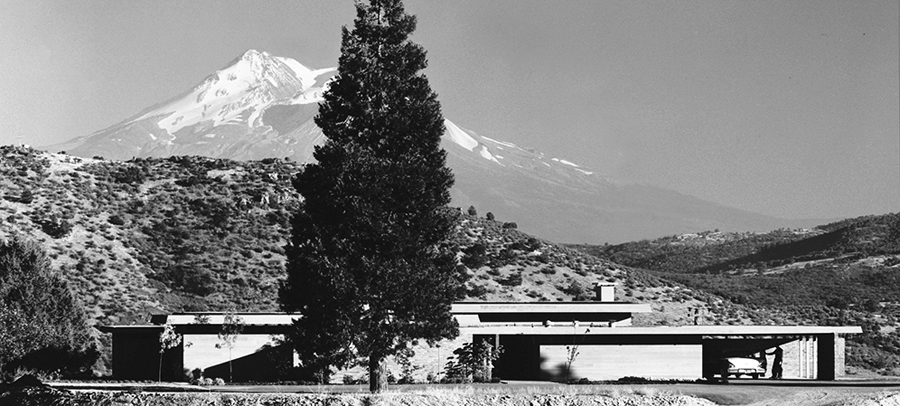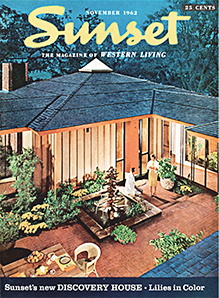Bible of the West - Page 5
 |
|
|
 |
|
|
Throughout the late 1960s and early 1970s, Sunset kept up with changes in housing, architecture, and society, writing about the Sea Ranch in the late 1960s and about the new phenomenon of clustered condos everywhere.
When done well, clustering fit Sunset's long-held belief in efficient use of space and proper orientation of homes for sun and views, and the use of fences for private indoor-outdoor living.
"The new privacy changes coming now in subdivisions result in more usable lot land and new privacy out of doors," Sunset wrote in April 1969 about clustered homes. But, the magazine, warned, "for this concept to work, whole groups of houses must be related to one another."
By the start of the ‘70s, Sunset's approach to modernism was no longer a crusade. Modern homes still appeared—but images of traditional homes began slipping into spreads about kitchens, decks, and cooking.
By 1981, when Dan Gregory began working at Sunset, he says, "It had become much more focused on remodeling, because most people were not building new houses. They were remodeling."
Still, he says of Sunset today, "I think you can say there's definitely a modern approach."
The magazine has never backed away from its contention that the open, light-filled modern home is ideal for the West. At this writing, the current Sunset cover shows California modern on the beach, its headline enticing readers to ‘Step Inside Our 2014 Idea House.'
Photography: Ernie Braun; and courtesy Sunset magazine




